Bajwa , a Ját clan found in Siálkot, Amritsar and Multan, and as a Hindu Jat clan in Montgomery. The Bajwá Játs are of the same kin as the Bajjú Rajpúts. In Siálkot they have the customs of rusoa or lagan and bhoja twixt betrothal and marriage.
The jathera of the Bajwá is Bábá Mángá, and he is revered at weddings, at which the rites of jandian and chhatra are also observed, The Bájwa Játs and Bajj Rájpúts have given their name to the Bajwat or country at the foot of the Jammu hills in the Sialkot District. They say that they are Solar Dynasty and that their ancestor Rajá Shalip was driven out of Multan in the time of Sikandar Lodi. His two sons Kals and Lis escaped in the disguise of falconers. Lis went to Jammo and there married a Kátil Rájput bride, while Kals married a Ját girl in Pasrúr. The descendants of both live in the Bajwat, but are said to be distinguished as Bajd Rajputs and Bajwa Játs.
Another story has it that their ancestor Jas or Kai Jaisan was driven from Delhi by Rai Pitora and settled at Karbald in Siálkot. Yet another tale is that Naru, Rájá of Jammú, gave him 84 villages in ilaga Ghol for killing Mir Jagwa, a mighty Pathán.
The Bajjú Rajputs admit their relationship with the Bájwa Játs. Chaudhary Kals had a son, Dáwa, whose son Dewa had three sons, Muda, Wasr, and Nána surnamed Chachrah. Nána’s children having all died, he was told by an astrologer that only those born under a chachri tree would live. His advice was taken and Nána’s next son founded the Chachrah sept, chiefly found near Narowal. The Bajjú Rjpúts have the custom of chundavand and are said to marry their daughters to Chibh Bhau and Manhas Rájputs, and their sons to Rajputs.
The Bajjú Rajputs are said to have had till quite lately a enstom by which a Massalman girl could be turned into a Hindu for purposes of marriage, by temporarily burying her in an underground chamber and ploughing the earth over her head. In the betrothals of this tribe dates are used, a custom perhaps brought with them from Multan, and they have several other singular customs resembling those of the Sábi Jats. They are almost confined to Siálkot, though they have spread in small numbers eastwards as far as Patiála.Later Chaudhary Kalas descents was founded Kalaswala and Kalasbajwa Estate .
Distribution in Punjab :-
Villages in Jalandhar district :-
Bajwa Kalan, Bajwa Khurd are village in Shahkot tahsil in Jalandhar district in Punjab, India.
According to B S Dhillon the population of Bajwa clan in Jalandhar district is 1,800.
Villages in Patiala district :-
Bajwa population in Patiala is 2,820. Bajwa population in Amritsar is 2,874.
Villages in Gurdaspur district :-
In Gurdaspur district the Bajwa population is 3,711.
Distribution in Uttar Pradesh :-
Villages in Rampur District :-
Mulla Khera
Distribution in Haryana :-
Villages in Fatehabad district :-
Bighar
Distribution in Jammu And Kashmir :-
Villages in Jammu district
Rakh Flora,
Religion :-
Indian Bajwas are mostly Sikhs, while in Pakistan, they are mostly Muslims.
Muslims 45%, Sikhs 40%, Ahmadies 10% & Hindus 5%
- Distribution in Pakistan :-
Bajwas are found in all tehsils except Daska. In the Sialkot tehsil they inhabit the Bhagowal zail only. In the Zafarwal tehsil they are grouped around Chawinda, in the Raya tehsil around Narowal, while in Pasrur they are found mainly in the northwest with headquarters at Kalaswala.
References :-
- A Glossary of the Tribes and Castes of the Punjab and North-West Frontier Province
Book by Horace Arthur Rose.

